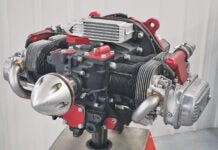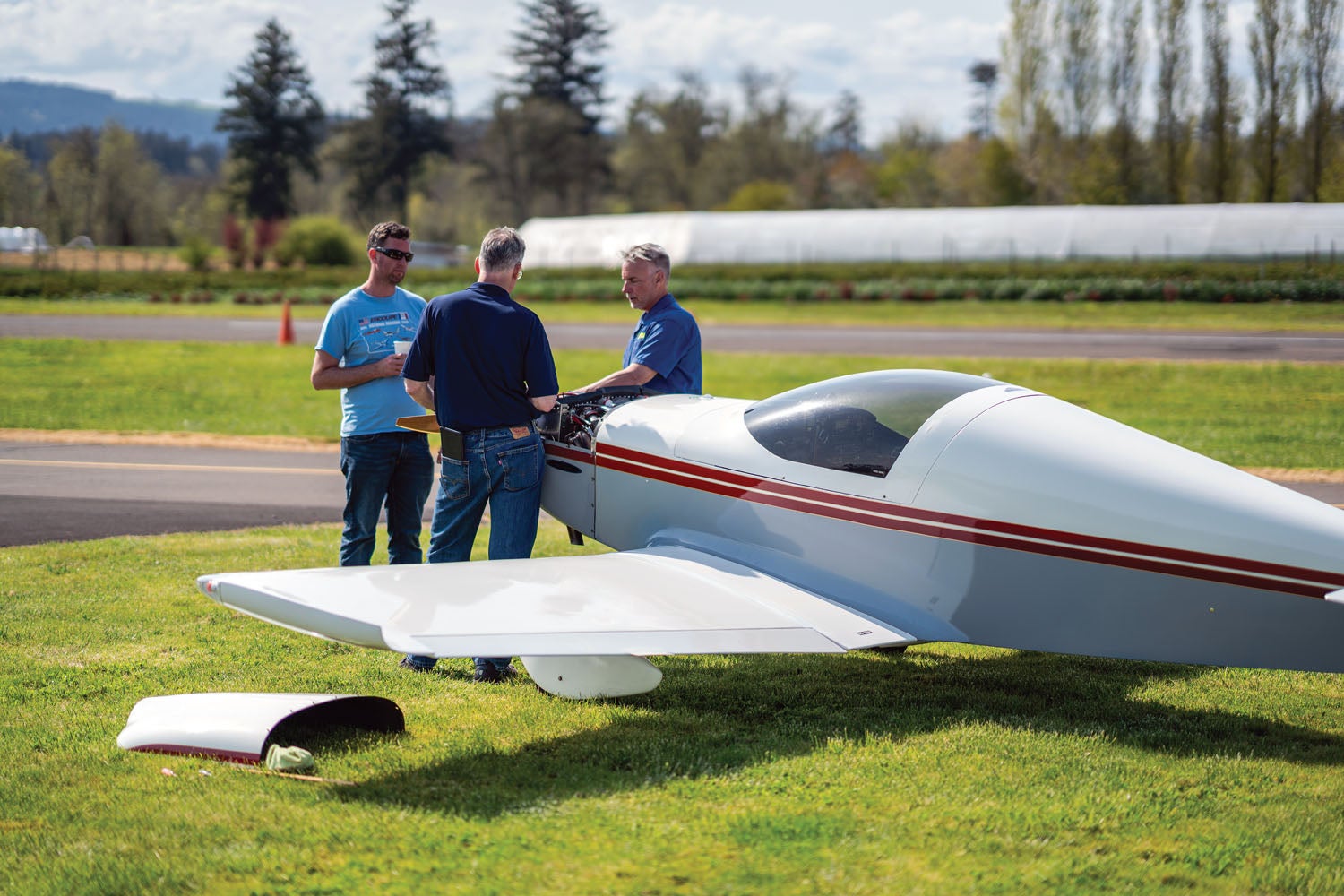
I have to admit that the KR has never really had a prominent spot on my radar. Certainly not for any negative reason. Mostly, I think, because the design was in its heyday before I became interested in homebuilts. And like anything we do, our earliest experience tends to be highly influential. My first ever flight was in a straight-tail Cessna 182 and I can’t not see one of those at any airport that has one in residence. (That there’s one at the end of my hangar row, slowly sinking into the grass, truly breaks my heart.)
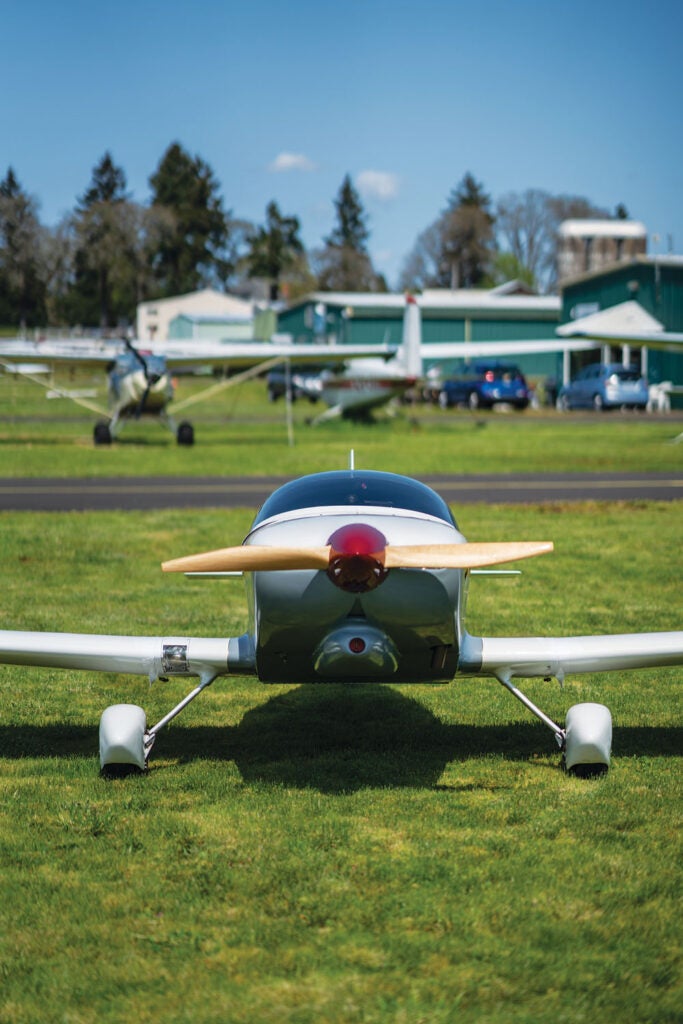
What I saw during the late 1980s formed my impression of who the big dogs were in the Experimental world. In the heady atmosphere of, say, Glasair and Lancair potshotting at each other and this little company in western Oregon steadily developing its all-metal airplanes, the charismatic KRs were present but not exactly top of mind. Maybe because I’d never flown or ridden in one, or that they seemed just conventional enough to be overshadowed by the intentionally provocative designs of a certain Mr. Rutan. It’s actually a little ironic because the KRs have some significant similarities to the airplane I did build in the 1990s, the Aero Designs Pulsar. Both were popular with 80 hp, both predominantly of fiberglass. Both small and tidy.
This month, we focus on the KR and celebrate its golden anniversary. It started with an email from Larry Flesner, who gently reminded us that 1972 marked the debut of the KR-1. Now, I do keep tabs on EAA’s convenient anniversary reminders, which I think will get ever more interesting as we pass through significant hallmarks in Experimental aviation, so I did realize we had a special birthday coming up. (Incidentally, 2022 is the 60th anniversary of the Delta Dyke and the Fly Baby, as well as the 50th of the KR, the RV, the Acro Sport and the VariViggen. It’s also the 50th anniversary of my home airport, Twin Oaks, so congratulations to Bob and Betty Stark for building such an amazing airport and community.)
Larry provided the extra push to get cracking on a KR feature and offered helpful contacts, including Mark Langford, who I handed off to my go-to feature writer, Scott Spangler. Scott did as Scott does, which is to do the research and then get on the phone to hear the real stories. He crafted what I think is a well-rounded look at the KR aircraft, its history and its builders and owners.
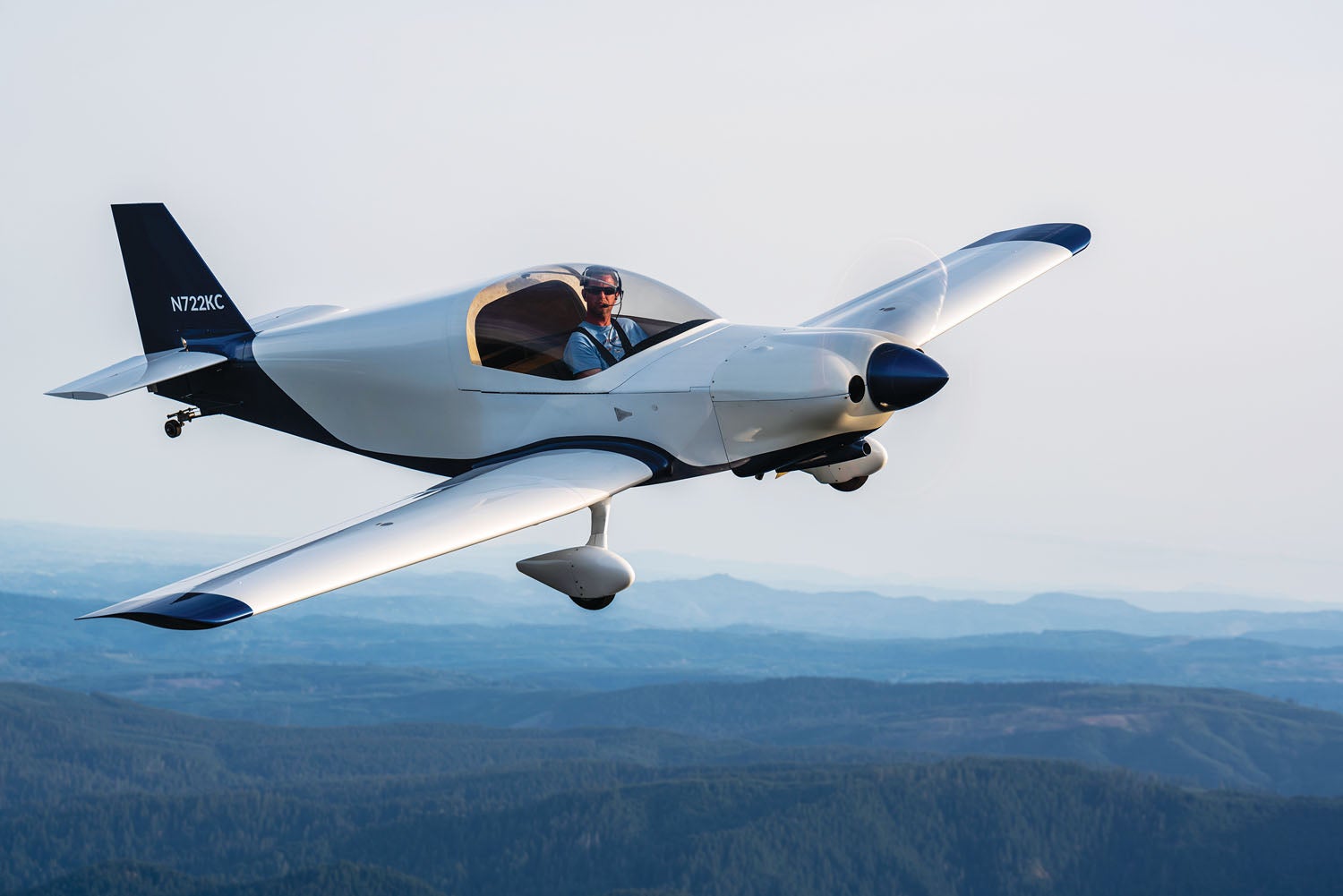
Firsthanding It
Over a refreshingly sunny Saturday in April, I got a part of my KR education thanks to John Bouyea and Chris Pryce, who came to my home airport so that Jon Bliss could photograph what I think are two significant airplanes in the KR spectrum. John came down from Olinger Air Park (not far from me) and Chris flew up from Independence, Oregon.
John’s KR-2S is among the very earliest stretched KR-2s and hews to the popular choices of the period with a Revmaster VW-based four-cylinder engine, albeit one with a turbocharger. Chris’ “KR-2S ish” represents what can happen when you modify and innovate with a specific mission in mind. In this case, it was to make the KR bigger for him and his father, and more utilitarian (better speed, range and payload) without losing the charm of the original design. The Corvair out front satisfies his need for speed and climb performance.
More than all that, it was a terrific opportunity to hang out with the two and talk airplanes. Both have a reverence for the design and an appreciation for what Ken Rand and Stuart Robinson created and curated five decades ago. It also puts homebuilder modifications in perspective. When the KR was most popular, it was crafted from plans and builder expectations were very different than they are today. No doubt the KR would be a more time-consuming build than a more recent kit, but if John and Chris are to be believed, there’s a special kind of pride and sense of accomplishment that comes from the effort. It’s an aspect of building that we’d all do well to remember.
Arbitrary Numbers
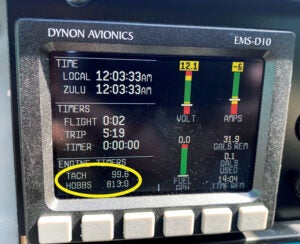
In late April, just as we were turning northbound along the Oregon coast, my GlaStar’s Titan IO-340 engine rolled over 100 hours. I realize that it’s just a number, an arbitrary marker of experience that could be expressed in miles or cycles or total calories burned. Saying that it’s been a thoroughly reliable and predictable powerplant is probably going to jinx me, but I’ll risk it. That goes along with the truism that past performance is no guarantee of future success. (I think I read that in the fine print of a stock-trading website.)
But it was good to know that the engine had cleared the likely threshold of infant mortality—that if someone had really screwed up assembling it or I had comprehensively botched some aspect of the installation, we would have seen the effects by now. Moreover, the century mark gives me confidence that the parts I had to fabricate myself and systems I had to rework with minimal outside help can be, at least so far, good for the longer haul. Every hour provides a bit more confidence, sure, but it also provides a bit more data to support that confidence. How have the engine temps been holding up over the seasons? Any big changes? How about speed and fuel consumption? So far the data reveals a boringly consistent engine installation.
It doesn’t mean that I won’t continue to watch it closely, monitoring the recorded data, oil consumption, oil analysis, spark plug condition and the many other ways we gauge engine health. But it’s nice to know the engine and airframe have been happy together for more than just a hot minute.
The “Return” of Microair
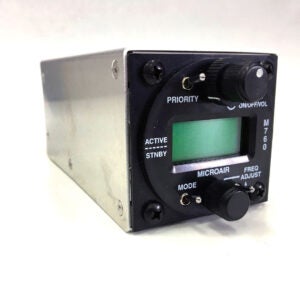
Companies in our realm can come and go—no surprise to anyone who’s been around here for any amount of time. One of them we didn’t really know was “gone” was Microair, the Australian avionics manufacturer. And, in truth, they were still in business, but not under the best of circumstances. In an amazingly candid press release, the company said that “after decades of product development and growth, a change of ownership nine years ago and a series of global crises pulled the brakes on what had otherwise been an unblemished run of accomplishments. This saw worldwide customers…left with little aftermarket support.” Which agrees with rumblings I’d heard from builders who were less than delighted with company support.
“But today its new owners are determined to right the wrongs and are doing so by first establishing a global network of support,” the company says. “From May this year, customers in the Americas will have access to an exchange pool of M760 radios from Microair’s new facility in Utah.” George Pesce, who is the GM for Microair, admits that “it’s hard to listen to the stories of customers who have remained loyal to our brand, tell us how they had been left without easy access to repairs and support. Through these new support centers in Ireland and the U.S., customers can access traditional repair services or, for those wanting a quick turnaround, an exchange.”
The company has also decided to sell customer direct. “Whilst continuing to work through traditional partners such as [Aircraft] Spruce, Microair has also launched a direct sales channel on its website where in addition to buying radios, customers can purchase service contracts and arrange repairs. Through the new facilities, customers can now also enjoy free shipping within the U.S. and Europe.” Microair competes with Becker and Trig in the world of small-format radios, offering the M760 com radio and the T2000SFL transponder. Checking stock in early May, I noted that Aircraft Spruce had a handful of the com radios on the shelf but the transponder was listed as being on “indefinite backorder.” It’ll be interesting to watch the company’s new management claw back customers with its efforts. I wish them well, since competition is good for all of us.
The New Math
In our report on the Tucano (July KITPLANES®), the author noted a rate of climb of 1000 to 1100 feet per second. Um, no. The Tucano doesn’t so blithely disobey the laws of physics. In the words of Maxwell Smart, “Would you believe… 1000 to 1100 feet per minute?”
Photos: Jon Bliss, Marc Cook and Microair.




